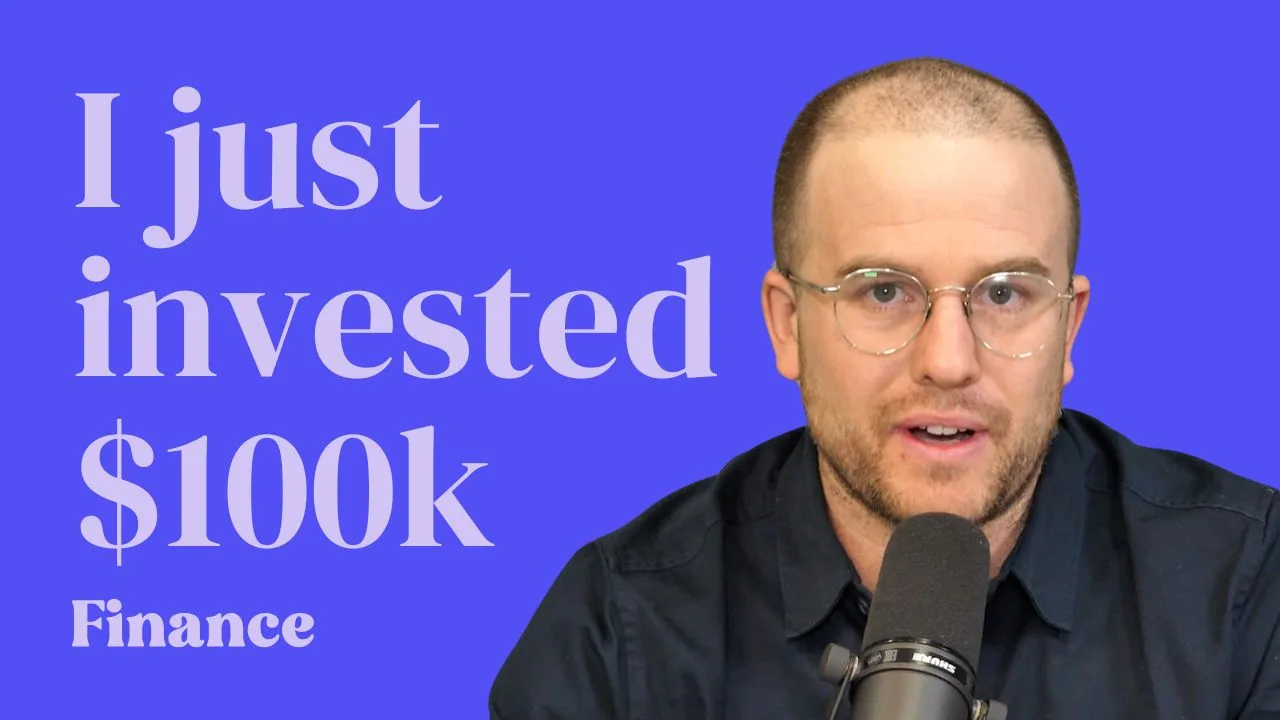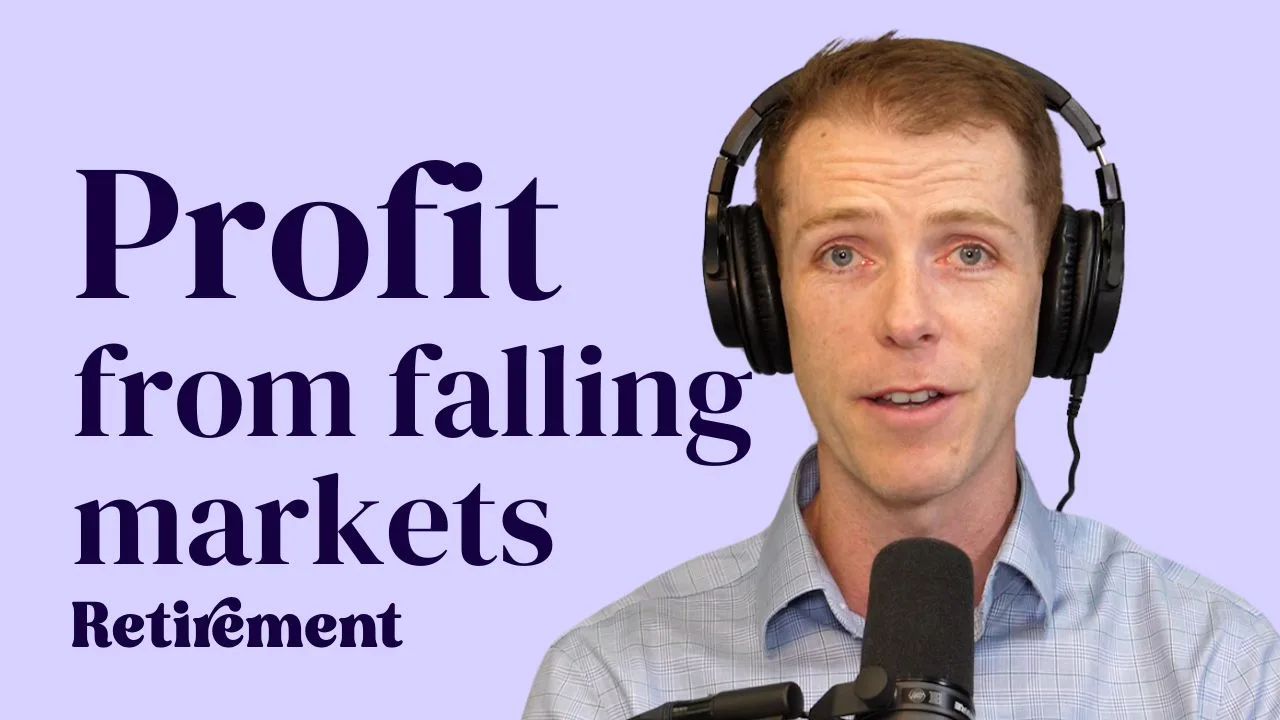Australia’s big banks make up around 20% of the share market, measured by market capitalisation and inclusion in the S&P/ASX 200/ (INDEXASX: XJO) index.
It’s easy to see why ASX bank shares have been so popular since the early 1990s, when Australia experienced a recession and mortgage interest rates were over 15%!
One great thing about banks is that, for the most part, they are ‘implicitly’ protected from complete financial collapse or bankruptcy because a bank going out of business would be a political nightmare. In saying that, as we’ve seen recently, shareholder returns are never guaranteed.
PE ratios: how to use it to value the BOQ share price
If you have been investing in individual stocks or companies for more than a few years you will have heard about the PE ratio. The price-earnings ratio or ‘PER’ compares a company’s share price (P) to its most recent full-year earnings per share (E). If you bought a coffee shop for $100,000 and it made $10,000 of profit last year, that’s a price-earnings ratio of 10x ($100,000 / $10,000). ‘Earnings’ is just another word for profit. So, the PE ratio is basically saying ‘price-to-yearly-profit multiple’.
The PE ratio is a very simple tool but it’s not perfect so it should only be used with other techniques (see below) to back it up. That said, one of the basic ratio strategies even professional analysts will use to value a share is to compare the company’s PE ratio with its competitors to try to determine if the share is unreasonably high, or undervalued. It’s akin to saying: ‘if all of the other banking sector stocks are priced at a PE of X, this one should be too’. We’ll go one step further than that in this article. We’ll apply the principle of mean reversion and multiply the profits per share (E) by the sector average PE ratio (E x sector PE) to calculate what an average company would be worth.
If we take the BOQ share price today ($6.03), together with the earnings (aka profits) per share data from its 2023 financial year ($0.68), we can calculate the company’s PE ratio to be 8.9x. That compares to the banking sector average PE of 14x.
Next, take the profits per share (EPS) ($0.68) and multiply it by the average PE ratio for BOQ’s sector (Banking). This results in a ‘sector-adjusted’ PE valuation of $9.43.
How we’d value BOQ shares
A DDM or dividend discount model is quite different from ratio valuations like PER because it makes you forecast cash flows into the future (it uses dividends as ‘cash flow’). Because the banking sector has proven to be relatively stable with regards to share dividends, the DDM approach can be used. However, we would not use this model for, say, technology shares.
Basically, we need only one input into a DDM model: dividends per share. Then, we make some assumptions about the yearly growth of the dividend (e.g. 2%) and the risk level of the dividend payment (e.g. 7%). We’ve used the most recent full year dividends (e.g. from last 12 months or LTM) then assumed the dividends remain consistent but grow slightly.
To make this DDM easy to understand, we will assume last year’s dividend payment ($0.44) climbs at a fixed rate each year.
Next, we pick the ‘risk’ rate or expected return rate. This is the rate at which we discount the future dividend payments back to today’s dollars. The higher the ‘risk’ rate, the lower the share price valuation.
We’ve used a blended rate for dividend growth and a risk rate between 6% and 11%, then got the average.
This simple DDM valuation of BOQ shares is $8.39. However, using an ‘adjusted’ dividend payment of $0.52 per share, the valuation goes to $9.32. The expected dividend valuation compares to Bank of Queensland Limited’s share price of $6.03. Since the company’s dividends are fully franked, you might choose to make one further adjustment and do the valuation based on a ‘gross’ dividend payment. That is, the cash dividends plus the franking credits (available to eligible shareholders). Using the forecast gross dividend payment ($0.74), our valuation of the BOQ share price projection to $13.32.
Where to from here
It goes without saying that these two valuation strategies are only the starting point of the process for analysing and valuing a bank share like BOQ. And if we were looking at bank shares like Bank of Queensland Limited, we would definitely want to know whether or not it made more sense to just invest in a low-cost, dividend-paying ETF like the Vanguard Australian Shares Index ETF (ASX: VAS).
Other questions to ask might be: Are the net interest margins holding up if they are pursuing more lending (i.e. interest income)? How are they dealing with regulation if they seek more non-interest income (fees from financial advice, investment management, etc.)?
Finally, it’s always important to make an assessment of the management team. For example, when we pulled data on Bank of Queensland Limited’s culture we found that it wasn’t a perfect 5/5. No company has a perfect culture, of course. However, culture is one thing we think about a lot when analysing companies to buy and hold over the very long-term (10+ years).





